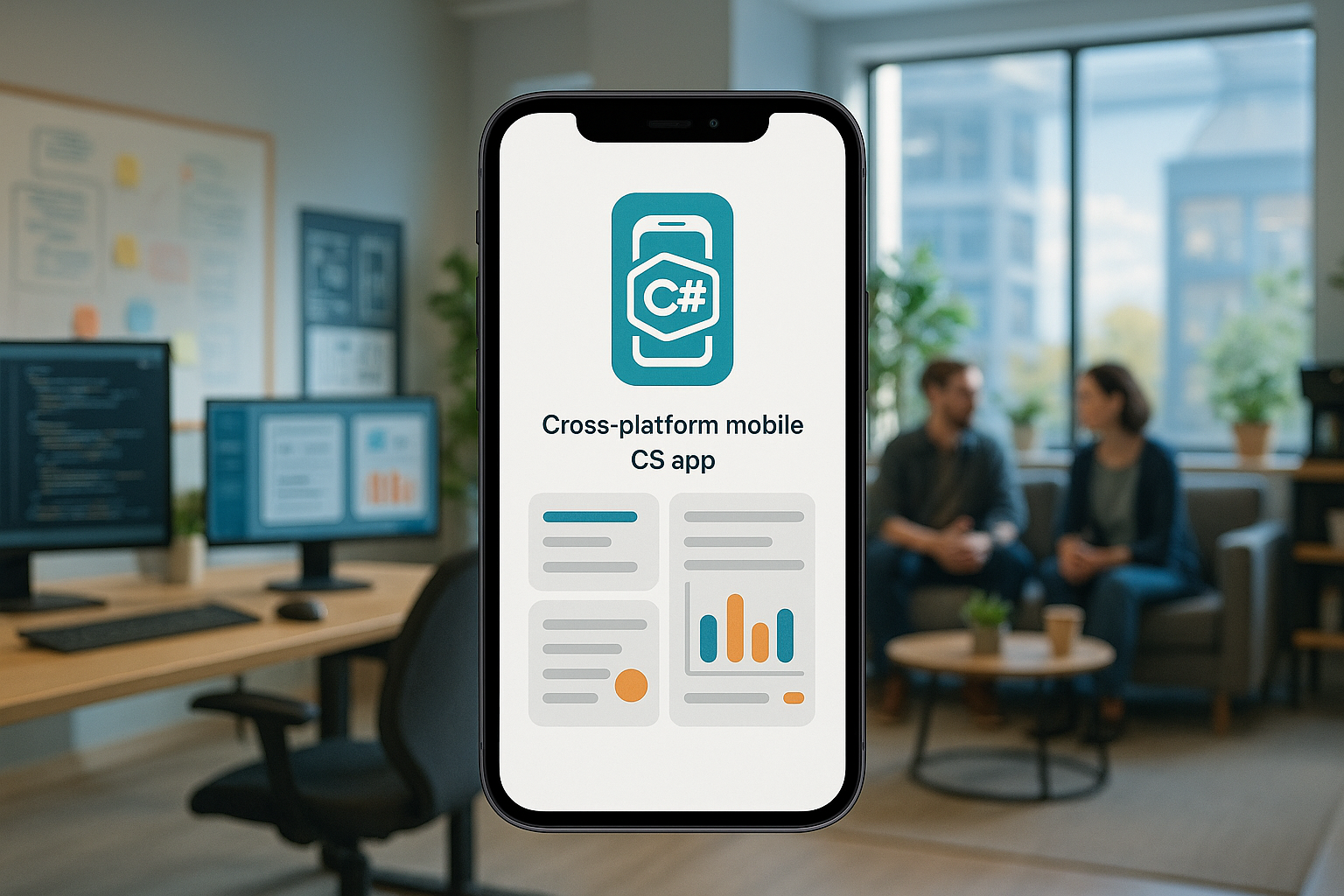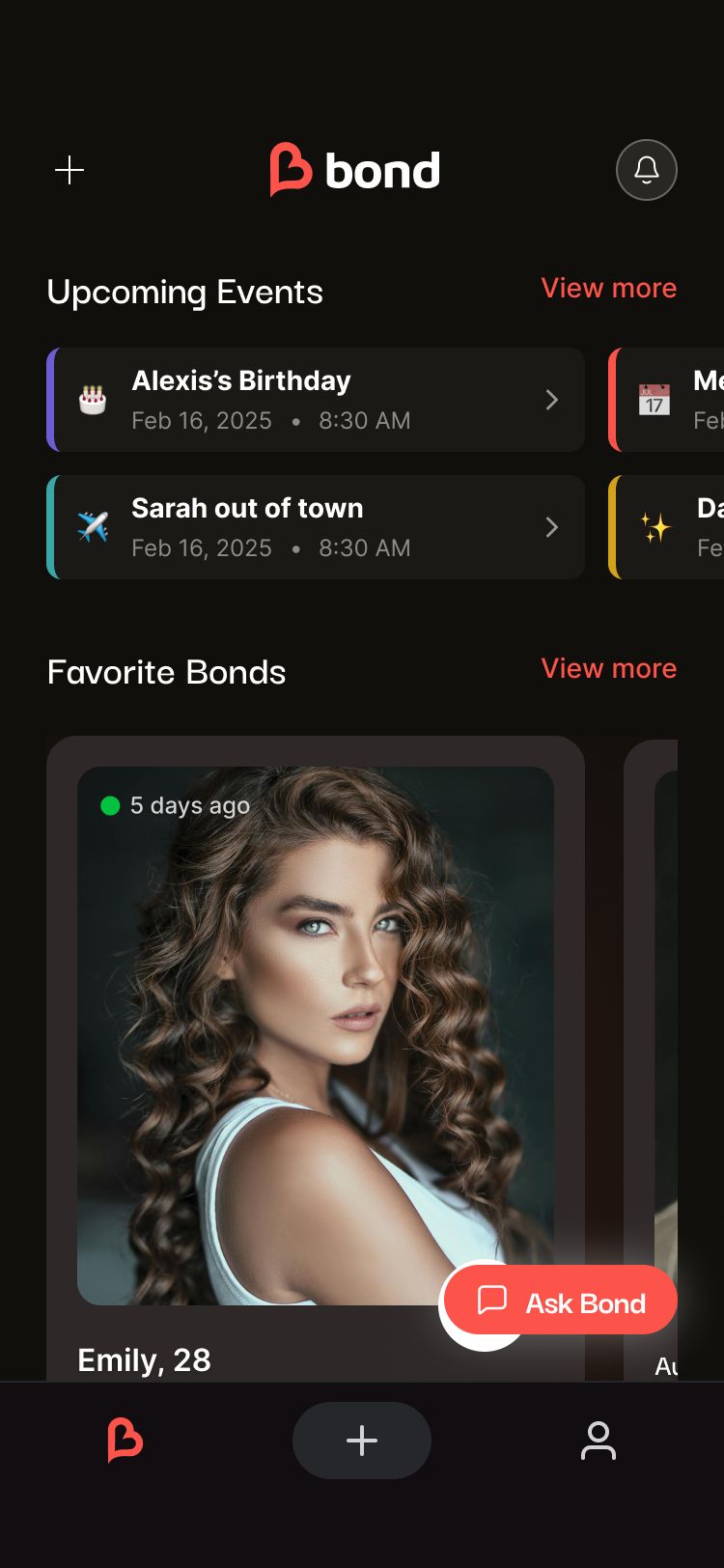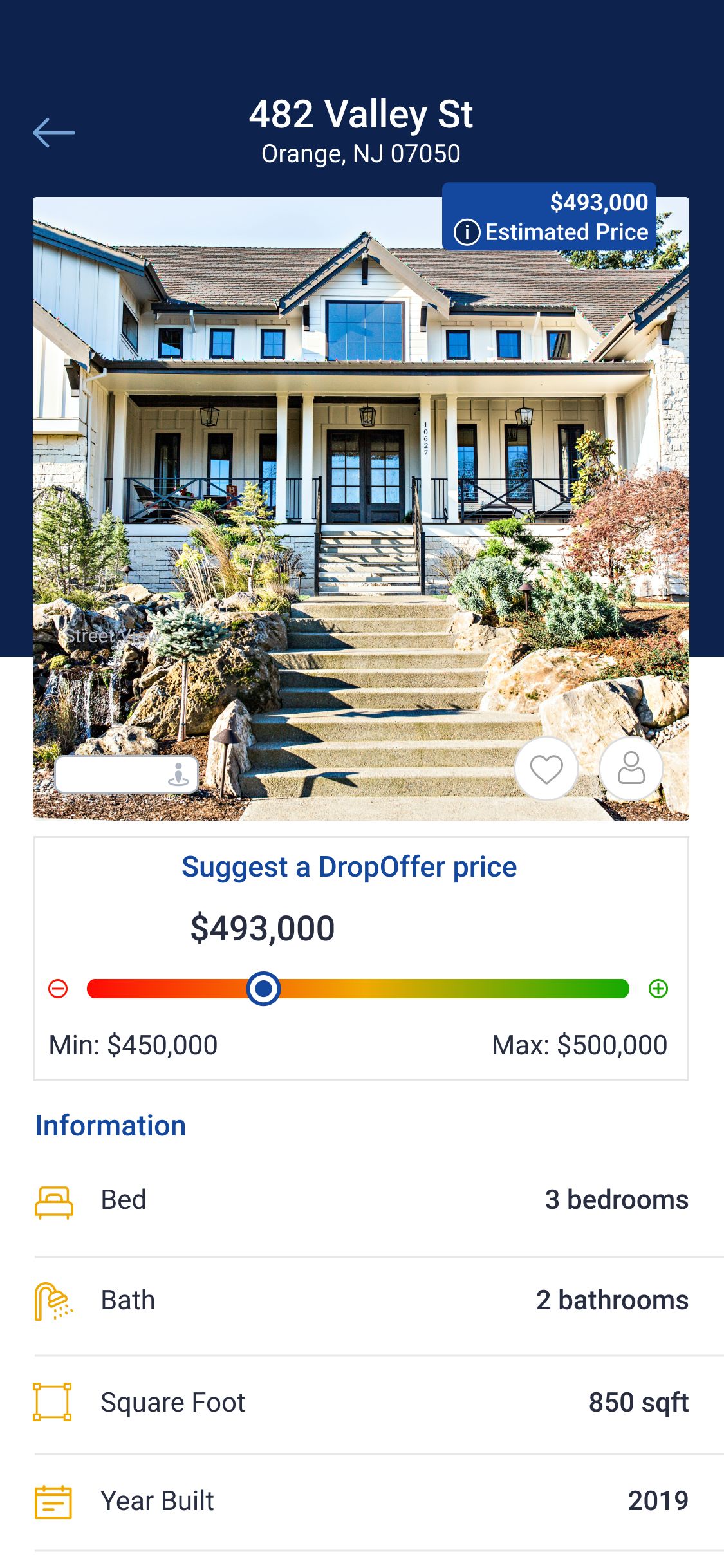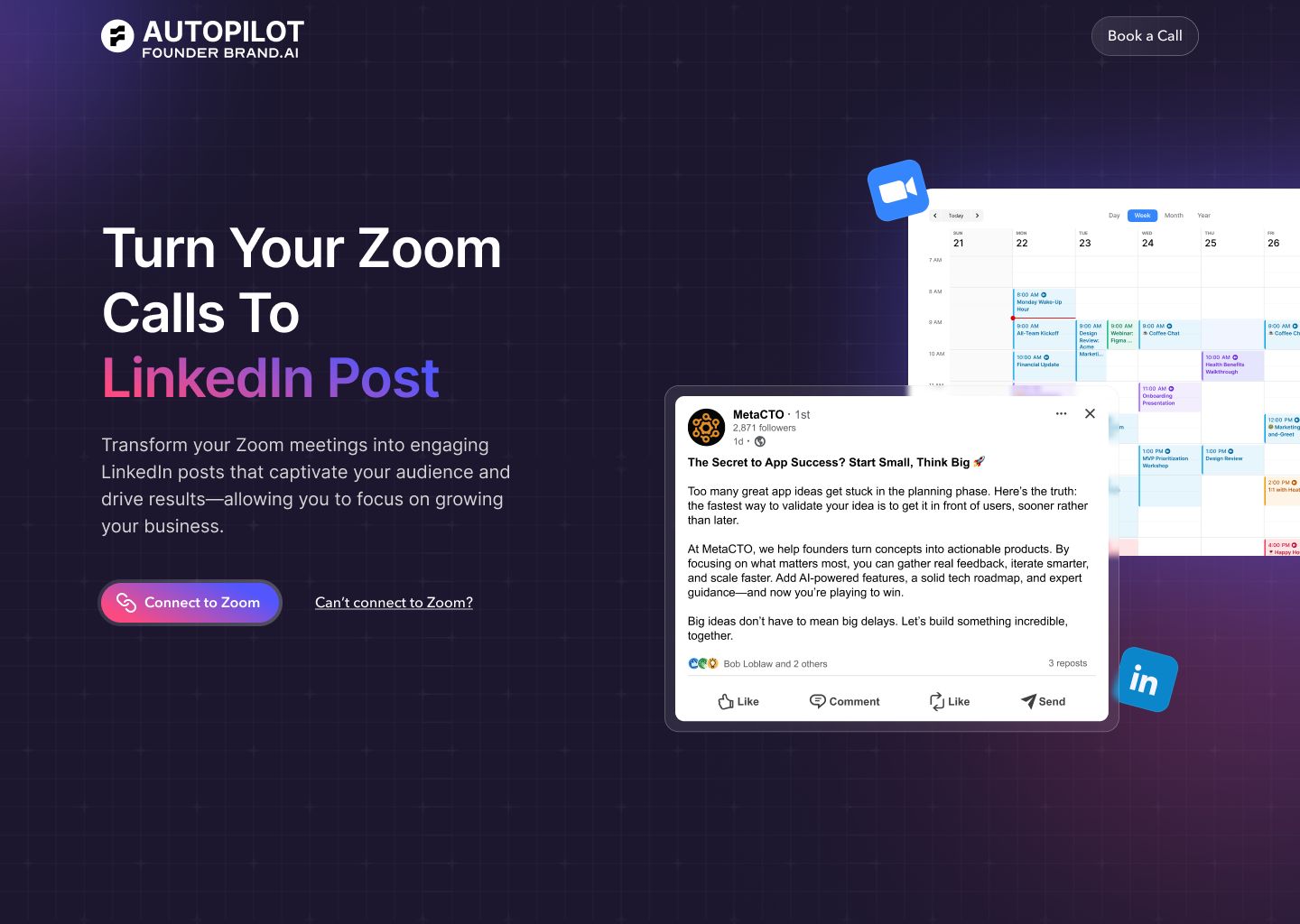Introduction
The idea of creating a crowdfunding platform is captivating. It taps into a powerful modern concept: connecting passionate creators, innovators, and individuals in need with a global community of backers eager to support them. Platforms like Kickstarter and GoFundMe have transformed industries and changed lives by democratizing fundraising. However, the vision of building your own crowdfunding app often collides with a harsh reality. The journey from concept to a functional, secure, and legally compliant platform is fraught with immense technical and regulatory challenges that can quickly overwhelm even the most capable in-house teams.
Developing a crowdfunding app is not like building a standard e-commerce or social media application. It involves managing other people’s money, navigating a labyrinth of financial regulations that vary by country, and building a system with ironclad security to protect both fundraisers and investors. A single misstep in compliance can lead to severe legal penalties, while a security flaw can shatter user trust and destroy your platform’s reputation overnight.
This comprehensive guide will walk you through the essential considerations for crowdfunding app development. We will explore what defines a crowdfunding app, dissect the significant hurdles that make in-house development so difficult, examine the different types of platforms you can build, and provide insights into development costs. We will also look at the industry’s leading platforms to understand what makes them successful.
As a top US AI-powered app development firm with over 20 years of experience, we at MetaCTO have guided countless entrepreneurs through the complexities of custom mobile app development. We understand that turning a great idea into a market-ready app requires more than just code; it requires a strategic partner. This article will provide the clarity you need to move forward, and demonstrate how our expertise can help you navigate these challenges to build, launch, and grow a successful crowdfunding platform.
What is a Crowdfunding App?
At its core, a crowdfunding app is a digital platform that facilitates the collection of funds from a large number of people—the “crowd”—to finance a specific project, venture, or cause. The fundamental concept is straightforward: a project creator submits their idea to the platform, complete with a detailed description, a specific fundraising target, and a deadline to reach that goal. They then launch a campaign to promote their project and solicit support from potential backers.
These platforms act as intermediaries, providing the infrastructure for creators to present their pitch and for backers to discover and contribute to projects they believe in. They handle the complex processes of payment processing, fund management, and communication between creators and their supporters.
While the core concept is universal, the features, fee structures, and user bases of crowdfunding sites vary significantly. Every platform charges fees to sustain its operations, which typically include a combination of a platform fee (a percentage of funds raised), transaction fees, and payment processing fees. The specific structure of these fees can differ greatly, impacting the financial model for both the platform and its users.
The social aspect of these apps is also crucial. A successful campaign often relies on more than just the merit of the project itself; it requires effective marketing and the ability to generate buzz. Many platforms are designed to be highly shareable, allowing campaign visitors to boost a project’s reach through their personal networks even if they don’t donate. This viral potential is a key driver of success in the crowdfunding ecosystem.
Reasons It Is Difficult to Develop a Crowdfunding App In-House
While the idea of building your own platform is appealing, the practical realities present formidable challenges. These difficulties go far beyond typical software development hurdles and fall into two main categories: the intricate web of legal and regulatory compliance, and the sheer technical complexity required to build a secure and reliable system.
The Regulatory and Legal Maze
Navigating the legal landscape is perhaps the single greatest challenge in building a crowdfunding app. These platforms are financial instruments, and as such, they are subject to intense scrutiny and a complex array of laws designed to protect investors and prevent financial crimes.
Global Regulatory Fragmentation
There is no single, unified set of rules for crowdfunding. Regulations are tailored to unique domestic markets across the globe, creating a patchwork of legal requirements that a platform must adhere to if it operates internationally.
- United States: In the U.S., a crowdfunding app must facilitate transactions through an intermediary registered with the Securities and Exchange Commission (SEC) and the Financial Industry Regulatory Authority (FINRA), especially for equity or debt-based crowdfunding. You must comply with frameworks like Regulation Crowdfunding (Reg CF), which comes with its own set of rules for disclosure, investor limits, and reporting.
- European Union: The EU imposes its own prudential and operational requirements. An app operating in the EU must incorporate robust investor protection mechanisms, such as mandatory disclosure requirements, clear risk warnings, and suitability assessments to ensure investors understand the risks they are taking.
- China: China utilizes a registration-based system, requiring platforms to register with the regulatory authority and meet specific operational and capital requirements.
- Canada: In Canada, a crowdfunding app must navigate unique rules established by various provincial regulators, adding another layer of complexity.
This fragmentation means an in-house team needs deep, specialized legal expertise for each target market, a resource that is both rare and expensive.
Investor Protection and Transparency
Regulatory frameworks are primarily focused on protecting investors. Your app isn’t just a piece of software; it’s a financial intermediary with significant legal obligations.
- Disclosure and Due Diligence: Your platform must be designed to provide investors and borrowers with accurate, clear, and timely information. This includes details about the project, potential returns, associated risks, platform fees, and any conflicts of interest. For equity crowdfunding, this can require extensive financial disclosure from the companies raising funds.
- Risk Mitigation: You may be required to assess the qualifications and risk tolerance of your investors. Some regulations mandate features like suitability assessments or even minimum diversification requirements to prevent investors from concentrating their risk in a single project.
- Investment Limits: Many jurisdictions enforce limits on the amount an individual can invest in crowdfunding campaigns over a certain period. Your app must be built to track and enforce these limits accurately.
Anti-Money Laundering (AML) and Know-Your-Customer (KYC)
Because crowdfunding platforms move large sums of money, they are prime targets for money laundering and terrorism financing. Regulators mandate that you implement stringent preventative measures.
- Robust Processes: Your app must have policies and processes to identify, assess, and manage these risks. This involves establishing robust Know-Your-Customer (KYC) and Customer Due Diligence (CDD) procedures to verify the identity of every investor and borrower on your platform.
- Verification and Monitoring: The system must be able to obtain and securely verify customer identification information. Furthermore, it must continuously monitor transactions for suspicious activity and have a clear process for reporting these activities to the relevant authorities. Integrating and managing these systems is a significant technical and operational challenge.
The Technical Complexity
Beyond the legal hurdles, the technical requirements for a crowdfunding app are substantial. You are responsible for user data, financial transactions, and the secure holding of funds.
- Secure Fund Management: A critical feature is the ability to safely hold and manage investor funds. Regulations often require the segregation of investor funds from the platform’s operational funds. This means your app must be architected to facilitate holding funds in secure, regulated trust accounts, which adds a significant layer of integration and compliance complexity.
- Payment Gateway Integration: Integrating with payment processors is standard for many apps, but for crowdfunding, it’s more complex. You need to handle pledges, process payments upon campaign success (or not, in an all-or-nothing model), manage refunds, and deal with different currencies and fee structures (e.g., micro-pledge fees).
- Robust and Scalable Architecture: A crowdfunding platform must handle high traffic, especially during the final hours of a popular campaign. It needs a scalable backend that can process thousands of transactions simultaneously without failing. The database must be designed to accurately track pledges, user data, campaign progress, and financial records with perfect integrity.
- Data and Analytics: Successful platforms provide creators with valuable insights. Your app should include a dashboard with progress trackers, analytics on backer demographics, and data to help creators run more effective campaigns. This requires sophisticated data processing and visualization capabilities.
- Future-Proofing: The tech landscape is always evolving. A modern crowdfunding platform may soon be expected to adhere to specific Environmental, Social, and Governance (ESG) disclosure standards or integrate new regulatory frameworks for campaigns utilizing cryptographic tokens like ICOs and STOs. Building a platform today requires anticipating the technological and regulatory shifts of tomorrow.
Building this in-house requires a large, experienced team with specialists in backend development, cybersecurity, database architecture, financial systems integration, and legal compliance. For most startups and businesses, assembling and managing such a team is prohibitively expensive and time-consuming. Partnering with a specialized agency like MetaCTO, which has over 120 successful projects and deep experience in complex systems, can de-risk the process and provide the expert guidance needed to navigate these challenges effectively. Our Fractional CTO services can help you build the right technology and AI roadmap from day one.
Different Types of Crowdfunding Apps
Crowdfunding is not a one-size-fits-all concept. Different models have emerged to cater to various needs, from personal causes to high-growth startups. Understanding these types is crucial to defining the focus of your own app.
1. Reward-Based Crowdfunding
This is one of the most popular and well-known models, exemplified by Kickstarter. In reward-based crowdfunding, backers pledge money to a project in exchange for non-financial rewards.
- How it works: Fundraisers incentivize potential backers with tangible rewards, which often scale with the size of the pledge. These can include exclusive preorder discounts, limited edition products, custom gifts, or even simple shoutouts. Kickstarter sometimes creates tiered reward structures, where bigger pledges are compensated with better rewards.
- Funding Model: The “all-or-nothing” model is a hallmark of this type, famously used by Kickstarter. In this model, the platform only collects funds (and its fee) if the fundraising goal is met by the deadline. If the campaign falls short, all the money stays with the funders. This encourages donations by reducing backer risk.
- Best for: This model is ideal for creative projects—films, music, games, art, and innovative tech gadgets. Projects on these platforms tend to be high-quality and novel enough to capture the attention of early adopters.
2. Donation-Based Crowdfunding
This is the simplest form of crowdfunding, where contributors donate to a cause with no expectation of receiving anything in return. GoFundMe is the leading example.
- How it works: GoFundMe is primarily intended for individuals, charitable causes, and community projects. Anyone can create a campaign to raise money for medical bills, disaster relief, educational costs, or nonprofit initiatives. Success often depends on leveraging personal networks and local communities.
- Funding Model: Donation-based platforms typically use a flexible funding model. The money is not required to be paid back, and campaigners receive all donations regardless of whether they meet their goal.
- Best for: Personal causes, charities, and community projects. This model is not designed for commercial activities or launching a business.
3. Equity-Based Crowdfunding
This model allows startups and private companies to raise capital from the public by offering securities, such as shares in the company.
- How it works: Instead of a reward, backers become investors and receive equity in the business. While the investments do not need to be paid back like a loan, investors expect a financial return and are entitled to a share of the company’s future revenue or profits. Platforms like StartEngine and Crowdcube operate in this space.
- Regulatory Burden: This is the most heavily regulated form of crowdfunding. It requires extensive financial disclosure, adherence to SEC and FINRA regulations (in the US), and thorough due diligence.
- Best for: Startups and small businesses with demonstrated growth potential that are willing to give up a portion of ownership in exchange for capital.
4. Exchange Crowdfunding
This is a broader category that covers various models where money is exchanged for a financial return or fulfillment of a specific obligation, bridging the gap between other models.
- Debt Crowdfunding (Peer-to-Peer Lending): In this model, backers lend money to an individual or business with the expectation that it will be repaid with interest over a set period. The platform acts as the intermediary, assessing risk and managing repayments.
- Real Estate Crowdfunding: Platforms like CrowdStreet allow individual investors to pool their funds to invest in commercial real estate projects, from which they receive a share of the returns.
- Subscription-Based Crowdfunding: Platforms like Patreon are built for digital creators. Instead of funding a single project, patrons subscribe to a creator’s work on a recurring basis (per month or per creation) in exchange for exclusive perks, such as gated content, sneak peeks, and access to a private community. We can help you implement the right monetization strategy for your platform.
Cost Estimate for Developing a Crowdfunding App
Pinpointing an exact cost for developing a crowdfunding app is impossible without a detailed project scope, as the final price depends on a multitude of factors. However, we can break down the key drivers that influence the budget. Understanding these factors will help you appreciate the investment required and why a “cheap” solution is rarely a viable one.
According to industry analysis, the primary cost factors for crowdfunding app development include:
App Complexity and Features: This is the most significant cost driver. A simple donation-based app with basic features will cost far less than a complex equity crowdfunding platform that requires SEC compliance, investor accreditation verification, and sophisticated financial reporting tools. Key features that add to complexity and cost include:
- Secure user authentication and profiles for both creators and backers.
- Project creation and management dashboards.
- Secure payment gateway integration for various methods (credit card, PayPal, Apple Pay).
- A robust admin panel for managing users, projects, transactions, and compliance.
- Real-time progress tracking and analytics.
- Tiered reward or investment systems.
- Community features like comments, updates, and direct messaging.
- AML/KYC verification systems.
Type of Crowdfunding: As discussed, the regulatory and technical requirements for an equity platform are far more extensive than for a reward-based platform. The legal and compliance work alone for an equity app can represent a substantial portion of the budget.
Technology Stack: The choice of technologies for the frontend, backend, database, and mobile platforms (iOS, Android, or cross-platform) will impact costs. Using cutting-edge technologies like AI and machine learning for fraud detection or project recommendations can add value but also increases development costs.
Third-Party Integrations: Every third-party service you integrate—from payment processors like Stripe to KYC/AML verification services, email marketing tools, and analytics platforms—adds to the development and ongoing subscription costs.
Resources (Development Team): The size, experience, and location of your development team are major cost factors. Building an in-house team of experts is often the most expensive route. Partnering with a specialized agency like MetaCTO can provide access to top-tier talent more cost-effectively.
To manage these costs, we often recommend starting with a Rapid MVP Development approach. By launching a streamlined version of your app in 90 days or less, you can validate your core idea, gather real user feedback, and even start attracting investors before committing to a full-featured build. This iterative process helps you slash initial costs and ensures you are building a product the market actually wants.
Top Crowdfunding Platforms: What to Learn From the Leaders
Instead of a simple list of development companies, it’s more valuable to analyze the industry-leading platforms. By understanding their models, features, and fee structures, you can gather inspiration and insights for your own app. At MetaCTO, we believe in learning from the best to build something even better.
1. MetaCTO: Your Strategic Development Partner
While the companies below are platforms, not development agencies, it is crucial to start with the right partner to build your vision. That’s where we come in.
As your development partner, MetaCTO provides the strategic and technical expertise to transform your crowdfunding idea into a market-ready reality. With over 20 years of app development experience and more than 120 successful projects launched, we handle every step of the process.
Our approach is built on a five-phase foundation:
- Validate: We help you turn your idea into a lean MVP quickly, allowing you to test the market, collect feedback, and secure funding on a tight timeline and budget.
- Build: We handle the entire design, build, and launch process, ensuring your app is robust, secure, and delivers a smooth user experience from day one.
- Grow: We use analytics and A/B testing to optimize user onboarding, engagement, and retention, helping you build a loyal and active community.
- Monetize: We work with you to implement the most effective monetization strategy, whether it’s through platform fees, subscription models, or other revenue streams.
- Evolve: As your platform scales, we ensure your technology evolves with it, upgrading your app with the latest tech to stay competitive.
We are not just coders; we are expert technical partners who help you build a technology roadmap that aligns with your business goals and increases your company’s valuation.
2. Kickstarter
Kickstarter is the giant of reward-based crowdfunding, focusing on high-quality creative projects. It has helped raise funds for countless films, games, tech products, and artistic endeavors.
- Model: All-or-nothing, reward-based. Projects must be fully funded to receive any money. This model creates urgency and reduces risk for backers, as they know they won’t be charged unless a campaign is successful.
- Target Audience: Creative projects in art, music, film, technology, and design. Kickstarter is not for personal causes or general business funding.
- Key Features: Strong community and brand recognition, resources to help creators build effective campaigns, and an app for backers.
- Fee Structure:
Fee Type Cost Notes Platform Fee 5% Charged only on successful campaigns. Transaction Fees 3-5% + $0.30/pledge Standard payment processing fees. Micro-pledge Fee 5% + $0.08/pledge Discounted fee for pledges under $10.
3. Indiegogo
Indiegogo is known for its flexibility, supporting a wider range of projects including businesses, artists, and nonprofits.
- Model: Offers both fixed (all-or-nothing) and flexible funding options. With flexible funding, creators receive all pledges regardless of whether they reach their target.
- Target Audience: Broader than Kickstarter, accommodating tech innovations, creative works, and community projects.
- Key Features: The InDemand feature allows campaigns to continue raising money even after the initial deadline has passed. It also provides data-driven insights to help creators run effective campaigns.
- Fee Structure:
Fee Type Cost Notes Platform Fee 5% Charged on all funds raised. Transaction Fee 3% + $0.20 Standard transaction cost. Funding Model Impact Paid on all funds With flexible funding, fees are paid even if the goal isn’t met.
4. GoFundMe
GoFundMe is the undisputed leader in donation-based crowdfunding for personal causes and charities.
- Model: Donation-based with a flexible funding model. Campaign creators keep every donation they receive.
- Target Audience: Individuals raising money for medical expenses, education, emergencies, or memorials, as well as charitable causes. It is not designed for commercial projects.
- Key Features: Optimized for social sharing, no deadlines or goal limits, and campaigns are free to create. Success heavily relies on sharing within personal networks.
- Fee Structure:
Fee Type Cost Notes Platform Fee 0% GoFundMe does not charge a platform fee. Payment Processing 2.9% + $0.30 Standard fee for donations.
5. Patreon
Patreon pioneered the subscription-based crowdfunding model for creators.
- Model: Subscription-based. “Patrons” subscribe to a creator and pay on a recurring basis (monthly or per-creation) in exchange for exclusive perks.
- Target Audience: Digital creators like podcasters, musicians, videographers, and writers who produce content on an ongoing basis. It is not for one-off projects.
- Key Features: Tiered membership levels with different perks, community-building tools (forums, livestreams), and integrations with other content platforms.
- Fee Structure:
Fee Type Cost Notes Platform Fee 8% to 12% Depends on the pricing plan chosen by the creator. Processing Fees Up to 6% + $0.10 Varies based on payment method and pledge size.
Conclusion
Building a crowdfunding app is an ambitious undertaking, but one with the potential to create immense value by empowering innovators and connecting communities. As we have explored, the path is layered with significant complexity, from navigating a fragmented global regulatory landscape to engineering a secure and scalable technical architecture. The challenges of legal compliance, investor protection, AML/KYC protocols, and secure fund management make in-house development a daunting and often impractical task for most organizations.
This guide has provided a comprehensive overview of the crowdfunding landscape. We’ve defined what a crowdfunding app is, detailed the critical difficulties in its development, outlined the distinct models—reward, donation, equity, and subscription-based—and examined the cost factors involved. By analyzing industry leaders like Kickstarter, Indiegogo, and GoFundMe, we can see the proven strategies and features that drive success.
Successfully launching your platform requires more than just an idea; it requires a deep understanding of these challenges and a strategic partner with the experience to overcome them. At MetaCTO, we have spent two decades helping founders transform ambitious concepts into successful mobile apps. Our expert team is equipped to handle every aspect of the process, from initial strategy and MVP development to full-scale build, launch, and growth. We provide the technical prowess and strategic guidance needed to navigate the complexities of app development, allowing you to focus on your vision.
If you are ready to build the next great crowdfunding platform, don’t go it alone. Let’s build it the right way, from day one.
Talk with a Crowdfunding app development expert at MetaCTO today to start turning your vision into a reality.






